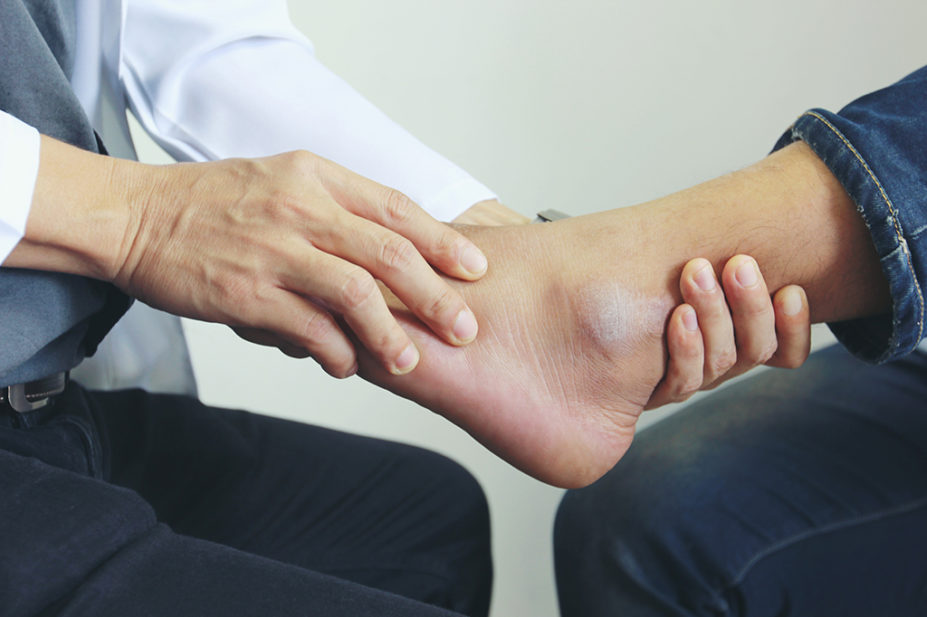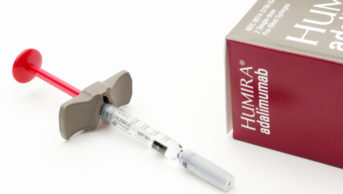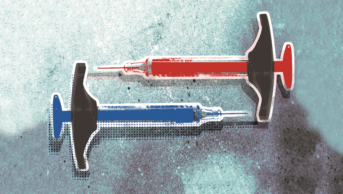
Shutterstock.com
Only a third of people diagnosed with gout are being prescribed urate-lowering therapy (ULT) within a year of diagnosis, a study published in The Lancet Regional Heath has suggested.
This is despite the introduction of European and British guidelines, in 2016 and 2017 respectively, that lowered the threshold for ULT initiation and recommended titration of ULT dosing until target urate levels are achieved.
Researchers conducted a UK-based observational cohort study of 129,972 people aged 18 years or over who had had a new diagnosis of gout between 2004 and 2020. The aim of the study was to assess the initiation of ULT and the monitoring and attainment of target urate levels following new gout diagnoses.
Overall, 37,529 (28.9%) people received a prescription for ULT within 12 months of diagnosis.
The proportion of people initiated on ULT within 12 months of diagnosis did improve modestly over the study period, from 26.8% for those diagnosed in 2004 to 36.6% for those diagnosed in 2019.
However, the number decreased slightly for people diagnosed with gout in 2020, when 34.7% were initiated on ULT within a year of diagnosis. This was likely to reflect, at least in part, reduced access to care as a consequence of the COVID-19 pandemic, the authors said.
Of the first ULT prescriptions issued between 2004 and 2020, the vast majority (99.4%) were for allopurinol, while the remaining prescriptions were for febuxostat. In 2020, only allopurinol was issued as a first prescription.
According to the British Society of Rheumatology (BSR) guideline, the target urate level is ≤300 µmol/L, while the European Alliance of Associations for Rheumatology (EULAR) advises a target of ≤300 µmol/L or ≤360 µmol/L, depending on gout severity. However, of people diagnosed in 2020 with a serum urate performed within 12 months, just 17.1% attained a urate ≤300 µmol/L, while 36.0% attained a urate ≤360 µmol/L.
The authors concluded that the trend in ULT initiation after publication of the BSR and EULAR guidelines was “not significantly different” to prior to their publication.
“Our findings suggest that, for there to be a step-change in the quality of gout care, implementation strategies are needed to complement guidelines and encourage the uptake of treat-to-target ULT by clinicians,” they wrote.
“The failure to adopt new guidance in primary care should not be seen as a failure of primary care itself, but rather as a systems failure.”
The authors said that new models of care for people with gout, such as engaging pharmacists from primary care or community pharmacies in ULT titration and monitoring, may be needed.
Speaking on behalf of the charity Versus Arthritis, GP pain specialist Asim Suleman said: “It’s simply unacceptable that far too few people are receiving the effective treatments they need for this entirely preventable, excruciating and surprisingly common condition.”

